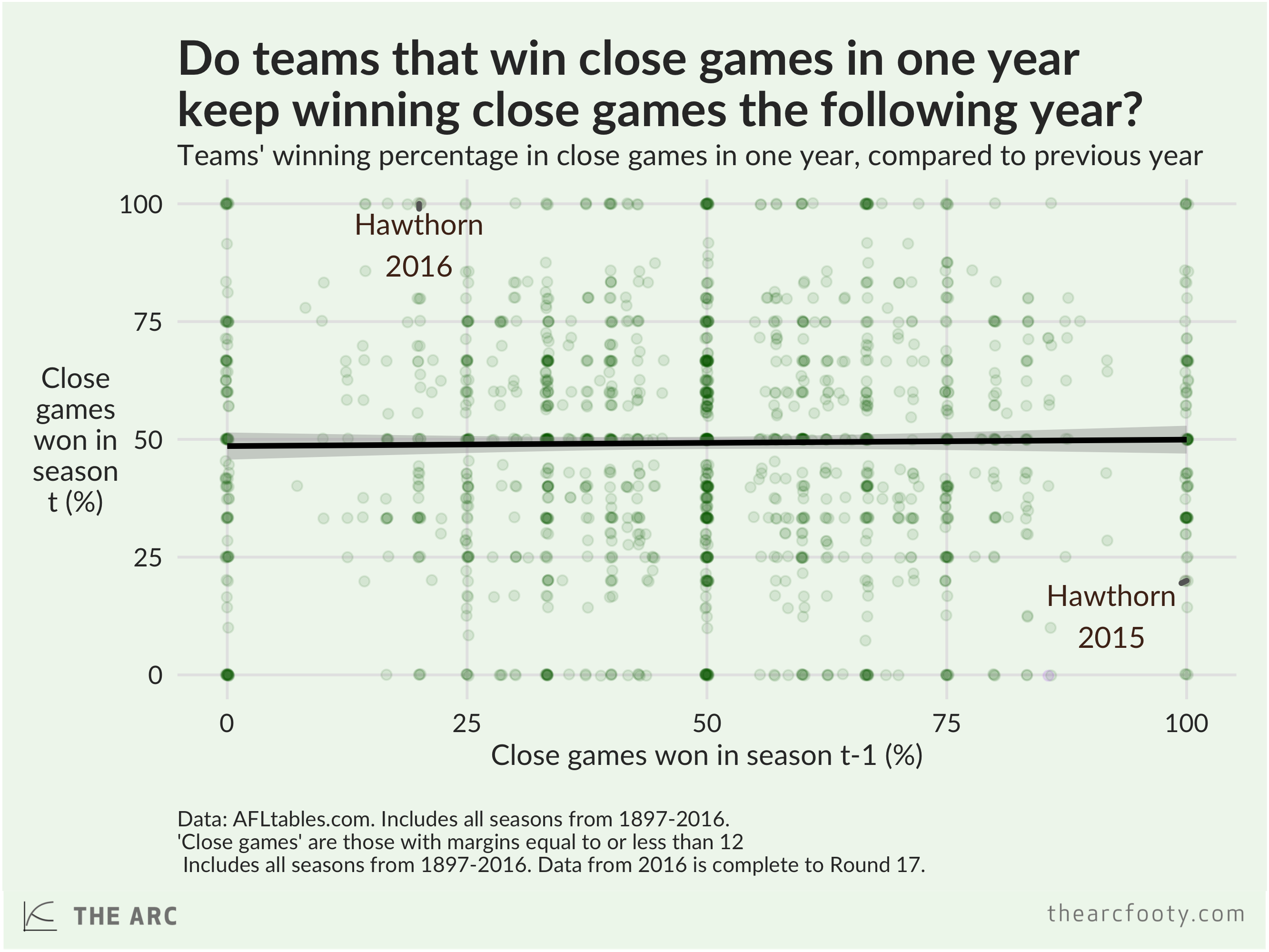- Jun 22, 2011
- 3,999
- 5,070
- AFL Club
- Geelong
- Other Teams
- Man City, Cleveland Browns
Supporters of teams who the squiggle doesn't rate make this claim EVERY year (the best year was when it never rated Freo when they finished top). Squiggle is generally proven to be correct - as FS always says - putting your foot down and belting bad teams is a sign you are a good side.
Ha, yep, every year. Like clockwork.




